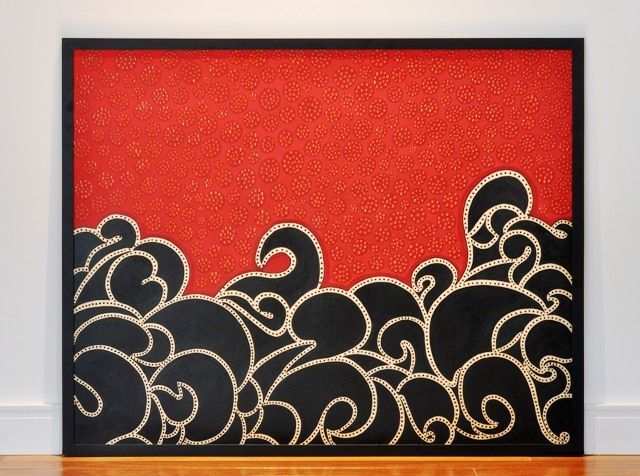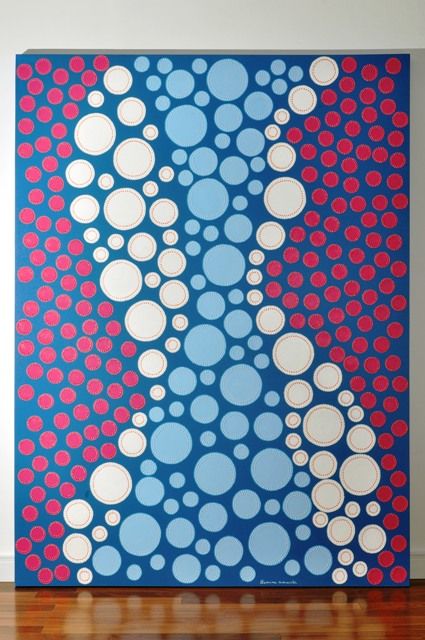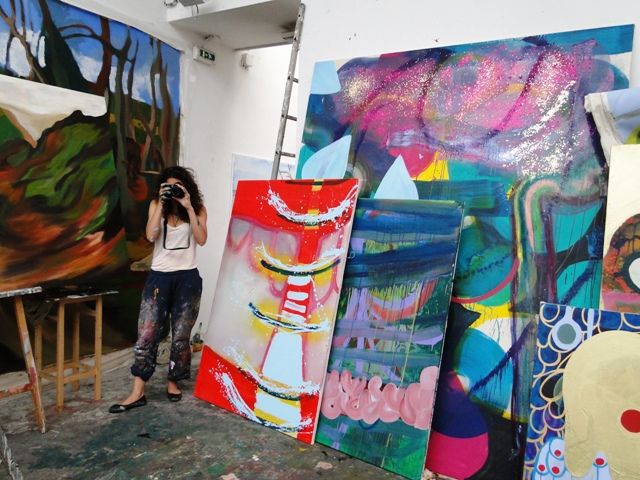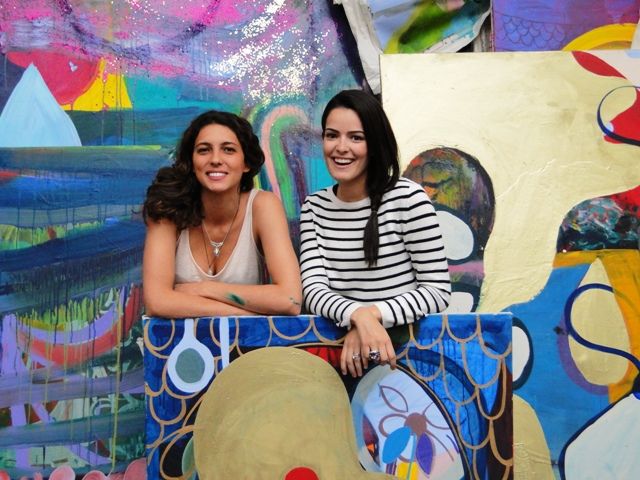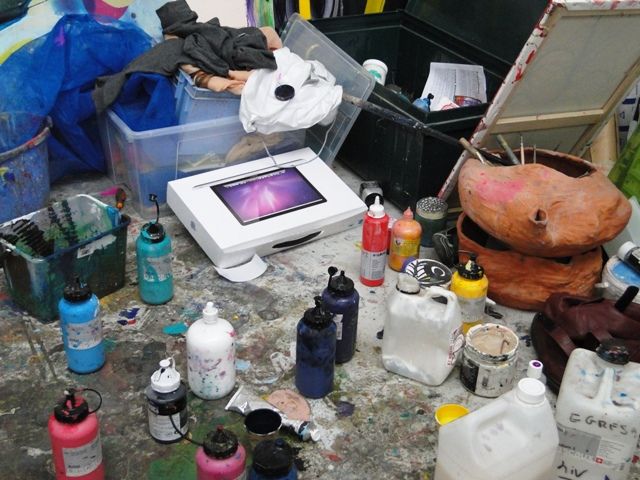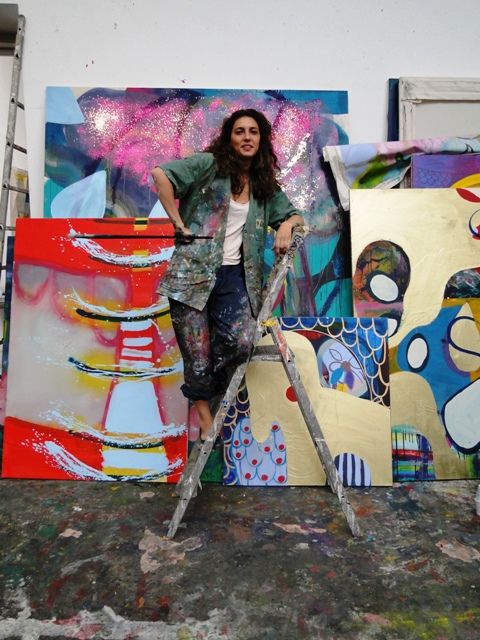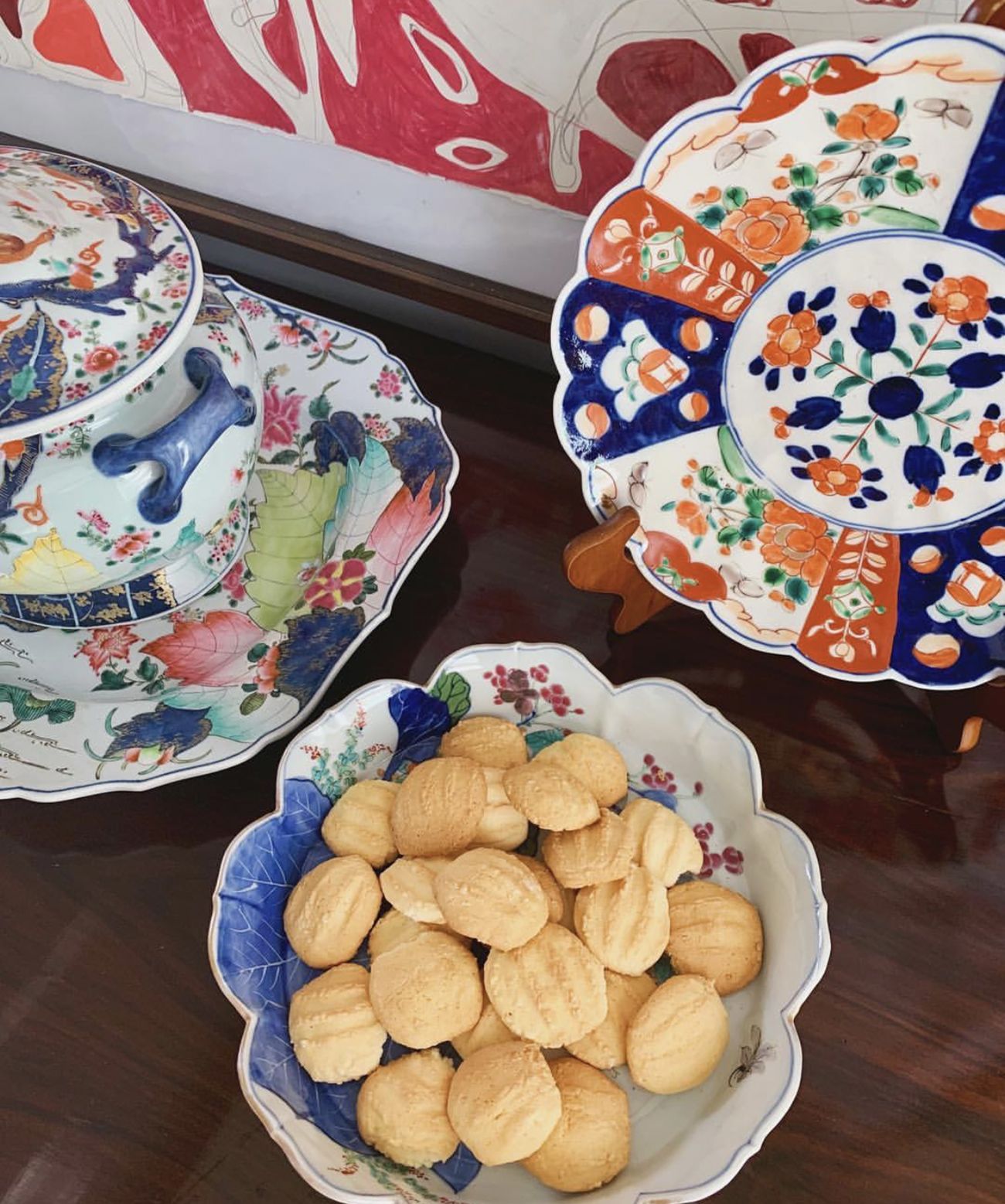Let’s talk a little about art?
Every time I go to Rio I come back full of wishes and curiosities about the art world. I was never too connected to these things, but I’m being influenced by my sister Marcela, who is a true fan! Influenced in a good sense, of course, since we are talking about a market that grows a lot in Brazil!
My new passions are acrylic animals – An icon from the 70’s – from the designer, painter and plastic artist Abraham Palatnik.
This table is my consumption dream lol! But I have already started my collection with the giraffe!!!
A little more history: I’ve copied this text from Itaú Cultural for those who want to know more about the artist. It’s worth reading!
Abraham Palatnik (Natal RN 1928). Designer, painter, kinetic artist. In 1932, moves with his family to the region where today is located the State of Israel. From 1942 to 1945, studies at the Montefori Technical School in Tel Aviv and specializes in combusting engines. Begins his art studies in the study of painter Haaron Avni and sculptor Sternshus and studies aesthetics whit Shor.
Attends the Municipal Art Institute of Tel Aviv between 1943 and 1947. Comes back to Brazil in 1948 and settles himself in Rio de Janeiro. Lives among artists Ivan Serpa, Renina Katz and Almir Mavignier. With the last one, attends the house of art critic Mário Pedrosa and gets to know the work of doctor Nise da Silveira, at the Engenho de Dentro Psychiatric Hospital. The contact with artists and conceptual discussions with Mário Pedrosa make Palatnick disrupt himself from conventional composition criteria, abandon brushes and figurative representation and move forward to more free relations between shape and color. Around 1949, he starts his studies on the light and movement fields, from which result Aparelho Cinecromático, exposed in 1951 at the 1st Bienal Internacional of São Paulo, where he receives honorable mention from the international jury. In 1954, joins the Grupo Frente, besides Ivan Serpa, Ferreira Gullar, Mário Pedrosa, Franz Weissmann, Lygia Clark and others. After 1964 develops the Objetos Cinéticos, a deployment from the Cinecromáticos, showing the internal operating mechanism and suppressing the light projection. The mathematical accuracy is constant in his work, serving as an important device for the ordering of space. He is considered internationally as one of the pioneers of kinetic art.
I am crazy for his work, bloguetes! To our happiness He carries on in full swing, at 83 years old! My dream is to interview him, can you imagine?
* The next artists that we’ll pay homage to with a super post are Burle Marx and the super hype graffiti artist, SMAEL! Do you like it?
Galeria Inox in RJ has Palatnik’s animals for sale! (21) 2521-9940
Vamos falar um pouquinho sobre arte?
Sempre quando vou pro Rio, volto cheia de vontades e curiosidades do mundo da arte. Eu nunca fui muito ligada nessas coisas, mas estou sendo influenciada pela minha irmã Marcela, que é uma apaixonada assumida! Influenciada no bom sentido, claro, já que estamos falando de um mercado que está crescendo muuuuito no Brasil!
A minha nova paixão são os bichos em acrílico – ícone dos anos 70 – do artista plástico, pintor e desenhista Abraham Palatnik.
Essa mesa é o meu sonho de consumo rs! Mas já comecei a minha coleção com a girafa!!!
Um pouco de história: copiei esse texto do Itaú Cultural para quem quiser saber um pouco mais sobre a vida dele. Vale a pena!
Abraham Palatnik (Natal RN 1928). Artista cinético, pintor, desenhista. Em 1932, muda-se com a família para a região onde, atualmente, se localiza o Estado de Israel. De 1942 a 1945, estuda na Escola Técnica Montefiori em Tel Aviv e se especializa em motores de explosão. Inicia seus estudos de arte no ateliê do pintor Haaron Avni e do escultor Sternshus e estuda estética com Shor. Freqüenta o Instituto Municipal de Arte de Tel Aviv, entre 1943 e 1947. Retorna ao Brasil em 1948, e se instala no Rio de Janeiro. Convive com os artistas Ivan Serpa, Renina Katz e Almir Mavignier. Com este último freqüenta a casa do crítico de arte Mário Pedrosa e conhece o trabalho da doutora Nise da Silveira, no Hospital Psiquiátrico do Engenho de Dentro. O contato com os artistas e as discussões conceituais com Mário Pedrosa fazem Palatnik romper com os critérios convencionais de composição, abandonar o pincel e o figurativo e partir para relações mais livres entre forma e cor. Por volta de 1949, inicia estudos no campo da luz e do movimento, que resultam no Aparelho Cinecromático, exposto em 1951 na 1ª Bienal Internacional de São Paulo, onde recebe menção honrosa do júri internacional. Em 1954, integra o Grupo Frente, ao lado de Ivan Serpa, Ferreira Gullar, Mário Pedrosa, Franz Weissmann, Lygia Clark e outros. Desenvolve a partir de 1964 os Objetos Cinéticos, um desdobramento dos cinecromáticos, mostrando o mecanismo interno de funcionamento e suprimindo a projeção de luz. O rigor matemático é uma constante em sua obra, atuando como importante recurso de ordenação do espaço. É considerado internacionalmente um dos pioneiros da arte cinética.
Estou enlouquecida pelo trabalho dele, bloguetes! Para a nossa felicidade, ele continua a todo vapor, aos 83 anos! Meu sonho é entrevistá-lo, imaginem só?
* Os próximos artistas que vamos homenagear com um super post, será Burle Marx e o grafiteiro que está arrasando, SMAEL! Gostam?
A Galeria Inox no RJ tem os bichos do Palatnik para vender! (21) 2521-9940











